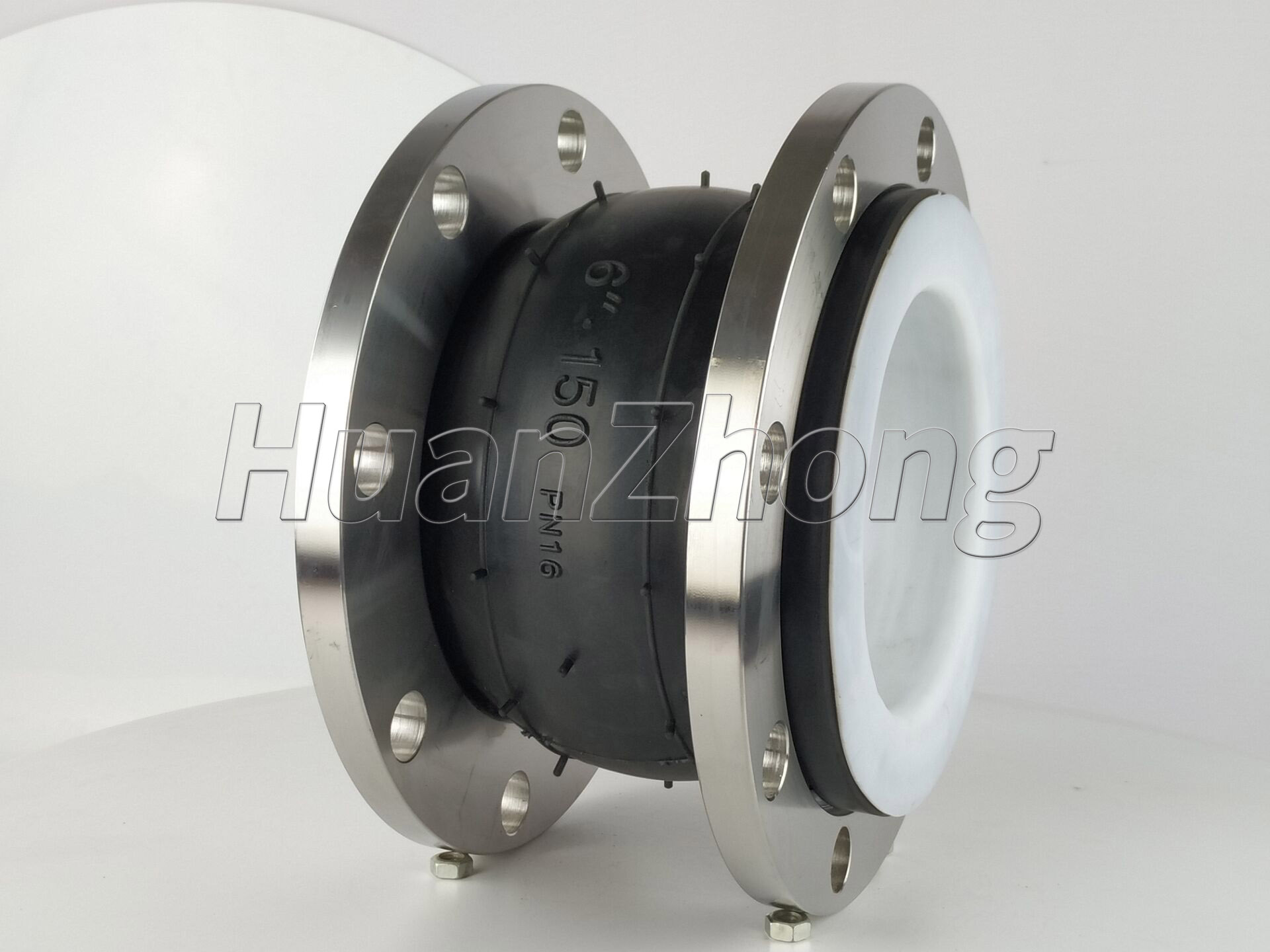Rubber Joints Flexible Connections What are the Advantages of Flexible Rubber Joints.
Rubber Joints Flexible Connections What are the Advantages of Flexible Rubber Joints. Flexible rubber joints, also known as rubber expansion joints or rubber flexible connections, numerous advantages in various applications where there is a need to accommodate movement, vibration, and misalignment in piping systems. In this article, we will explore the advantages of flexible rubber joints and why they are commonly preferred in different industries.
One of the primary advantages of flexible rubber joints is their ability to absorb and isolate vibrations. These joints act as a buffer, effectively reducing the transmission of vibrations from one section of the piping system to another. This is particularly important in industries where machinery or equipment generates high levels of vibrations, as excessive vibration can cause damage to the system, compromise product quality, and create noise pollution. By using flexible rubber joints, operators can minimize these negative effects, ensuring smooth and reliable operation while promoting a safer and quieter working environment.

Flexible rubber joints are also highly effective in compensating for thermal movements. Temperature changes cause pipes to expand and contract, which can lead to stress, strain, and potential damage if not properly managed. By incorporating flexible rubber joints, these movements are absorbed, allowing the pipes to contract and expand without imposing excessive stress on the system. This not only prevents leaks and premature failures but also extends the lifespan of the piping system. The flexibility of these joints also enables them to accommodate axial, lateral, and angular movements, providing additional versatility in various situations.
Another advantage of flexible rubber joints is their excellent resistance to corrosion and chemicals. The rubber used in the joints is specifically formulated to withstand harsh environments, including exposure to corrosive substances, acids, alkalis, and oils. This resistance to corrosion and chemicals ensures the longevity of the joint, reducing the need for frequent replacements or repairs. Furthermore, the flexibility of the rubber makes it an excellent choice for systems that handle abrasive or corrosive materials, as it helps to mitigate wear and tear on the pipes and other components.
Flexible rubber joints are also preferred for their ease of installation and maintenance. These joints usually come with flanged or threaded ends, making them simple to connect to adjacent pipes without the need for complex and time-consuming procedures. Additionally, if maintenance or repairs are required, flexible rubber joints can be easily removed and replaced, minimizing downtime and operational disruptions.
In conclusion, the advantages of flexible rubber joints in piping systems are numerous. They effectively absorb and isolate vibrations, compensate for thermal movements, and resist corrosion and chemicals. Their ease of installation and maintenance further add to their appeal. By utilizing flexible rubber joints, operators can ensure the longevity, reliability, and efficiency of their piping systems while minimizing the risk of damage, leaks, and unnecessary repairs.
